Inside The Conclave: Understanding The Papal Election Process
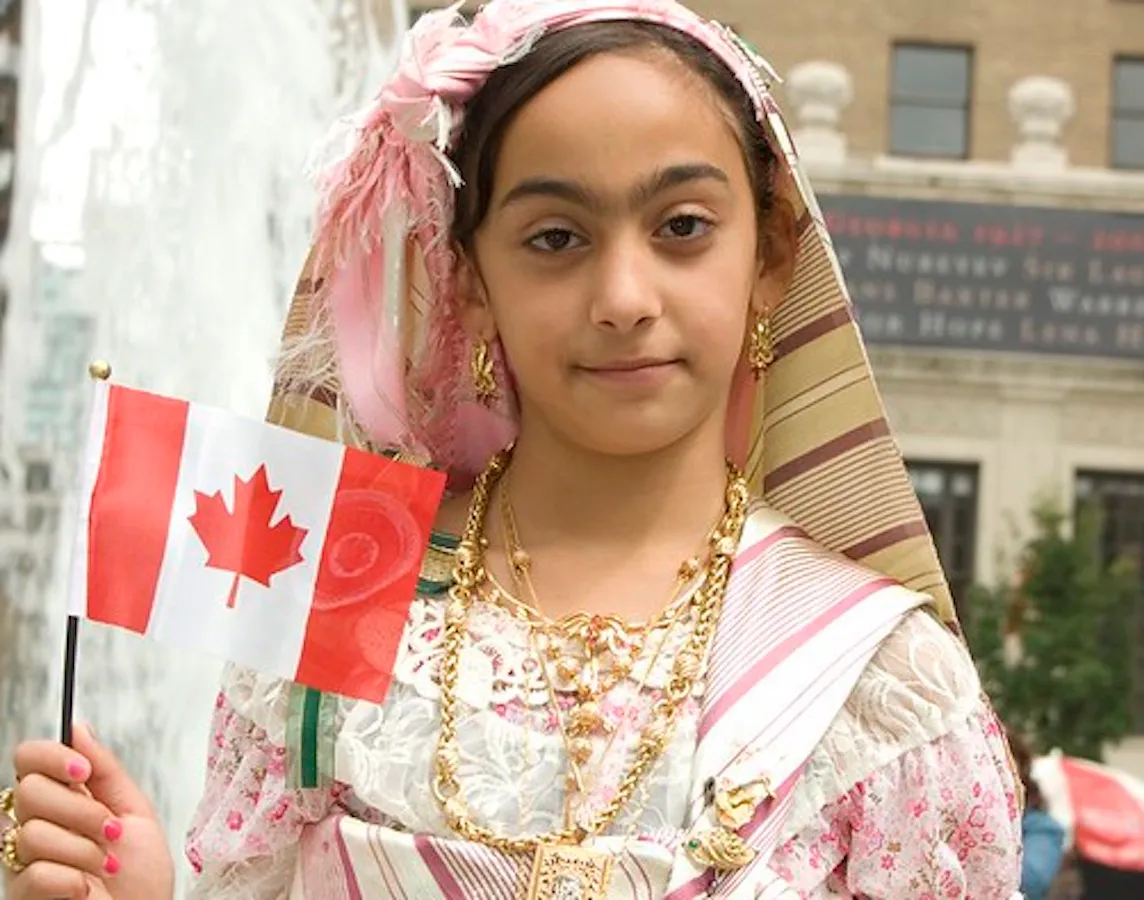
Table of Contents
The Sede Vacante: The Period of Vacancy
The period between the death or resignation of a Pope and the beginning of the conclave is known as the Sede Vacante, meaning "the vacant See." This interim period, while brief, is crucial for the smooth transition of power within the Catholic Church. Several key events and responsibilities unfold during this time:
-
Responsibilities of the Cardinal Camerlengo: The Cardinal Camerlengo, a senior cardinal, acts as the head of the Roman Curia during the Sede Vacante. His responsibilities include managing the affairs of the Church, sealing the papal apartments, and preparing for the conclave. He also authenticates the death of the Pope.
-
The Significance of the Consistory: Before the conclave begins, a consistory—a formal meeting of the College of Cardinals—is held. This gathering serves as an important step to prepare for the election, setting the date for the conclave and addressing any procedural matters.
-
Sealing of the Papal Apartments and Transition of Power: The papal apartments are meticulously sealed to ensure secrecy and security. The transition of temporal power, including the administration of Vatican City State, is carefully managed during this period.
-
Key Logistical Arrangements: The Sede Vacante involves extensive logistical preparations, including the accommodation of the cardinals, the setting up of the conclave site, and ensuring the security and smooth functioning of the process. This requires significant coordination and planning.
The Conclave: Seclusion and Selection
The conclave itself is a period of seclusion and intense deliberation. The cardinals are confined to a specific location, traditionally within the Vatican, where they live and vote in strict secrecy. This environment is designed to facilitate focused discussion and decision-making, free from external pressures:
-
The Oath of Secrecy: Before the conclave begins, each cardinal takes a solemn oath of secrecy, promising to maintain confidentiality throughout the entire process. Breaching this oath is a serious offense.
-
The Process of Scrutiny (Voting): The cardinals cast their votes in secret ballots. The ballots are meticulously counted by specially appointed scrutators.
-
The Role of the Scrutators: The scrutators, chosen from amongst the cardinals, play a crucial role in verifying the votes and announcing the results of each ballot. Their impartiality is vital to the integrity of the process.
-
The Two-Thirds Majority: A two-thirds majority of the votes is required to elect a new Pope. If no candidate receives this majority, the voting continues until a candidate secures the required number of votes.
-
The Fumata (Smoke Signal): The iconic black or white smoke signals emanating from the Sistine Chapel chimney indicate the outcome of each ballot. Black smoke signals that no Pope has been elected yet; white smoke signifies the election of a new Pope.
The Election of the Pope: From Ballot to Announcement
Once a candidate receives the necessary two-thirds majority, the election process moves to its final stages:
-
Confirmation of the Election: The election is formally confirmed by the scrutators and other officials.
-
Acceptance of the Papacy: The newly elected Pope is asked to accept the papacy. His acceptance marks the official beginning of his pontificate.
-
Selection of a Papal Name: The newly elected Pope chooses a papal name, often inspired by a saint or historical figure.
-
Preparation for the First Public Appearance (Urbi et Orbi): The newly elected Pope prepares for his first public appearance, the Urbi et Orbi blessing, which signifies his acceptance and official inauguration as the Supreme Pontiff.
Understanding the Cardinals and their Role
The College of Cardinals, composed of the highest-ranking clergy in the Catholic Church, holds paramount importance in the Papal Election Process. Their collective wisdom and experience inform the selection of the next Pope:
-
Types of Cardinals and Voting Rights: Different types of Cardinals exist, with only those under 80 years of age having the right to vote in a papal election.
-
Influence of Cardinal Factions: The influence of various cardinals and their potential alliances and factions can significantly impact the outcome of the conclave. Understanding these dynamics helps to explain how the election process evolves.
-
Criteria Considered: Several criteria are considered when choosing a new Pope, including age, theological views, pastoral experience, and administrative capabilities. The cardinals seek a candidate who can effectively lead the Catholic Church in the 21st century.
Historical Context and Evolution of the Papal Election Process
The Papal Election Process has evolved considerably throughout history. Understanding this evolution provides further insight into the current procedures:
-
Evolution from Early Methods: The methods of papal election have changed significantly from early, often tumultuous, processes to the formalized conclave system we know today.
-
Notable Historical Examples: Throughout history, numerous conclaves have produced unique stories and circumstances. Studying these historical events highlights the complexities and challenges inherent in the process.
-
Modern Adaptations and Reforms: Modern adaptations and reforms to the conclave process reflect the evolving needs and circumstances of the Catholic Church.
Conclusion
Understanding the Papal Election Process – the intricate rituals and procedures of the conclave – provides a unique glimpse into the heart of the Catholic Church. From the Sede Vacante to the dramatic announcement of "Habemus Papam!", every stage holds profound historical and theological significance. By understanding this complex process, we gain a deeper appreciation for the leadership and continuity within the Catholic faith. To learn more about specific historical conclaves or the roles of individual cardinals, further research into the Papal Election Process is encouraged.

Featured Posts
-
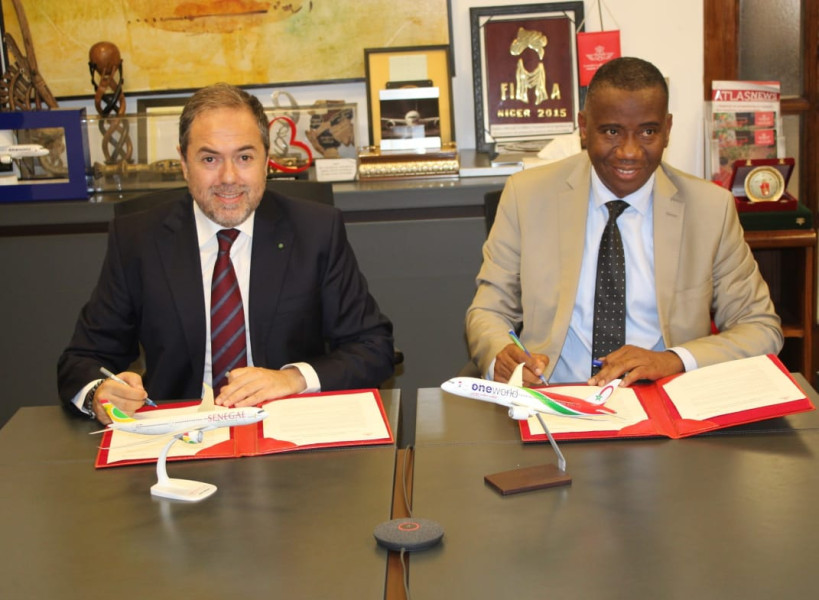 Laram Wimbratwr Shrakt Ltnshyt Alsyaht Albrazylyt
May 07, 2025
Laram Wimbratwr Shrakt Ltnshyt Alsyaht Albrazylyt
May 07, 2025 -
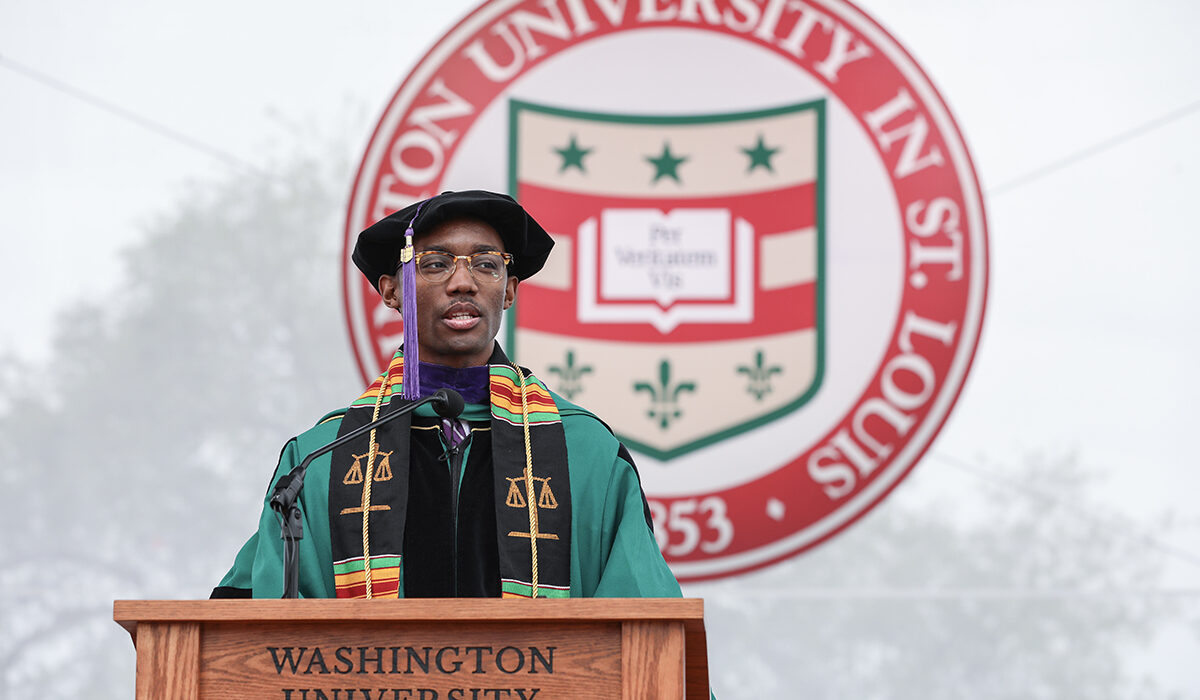 Simone Biles Wash U Commencement Speech 2025 Graduate Address
May 07, 2025
Simone Biles Wash U Commencement Speech 2025 Graduate Address
May 07, 2025 -
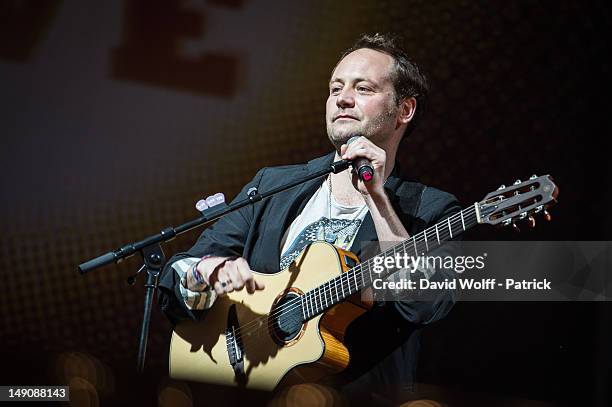 Christophe Mali Concert De Cloture A Onets Le Chateau
May 07, 2025
Christophe Mali Concert De Cloture A Onets Le Chateau
May 07, 2025 -
 Nie Q1 2025 5 Must Read Articles For Target Audience E G Educators Students
May 07, 2025
Nie Q1 2025 5 Must Read Articles For Target Audience E G Educators Students
May 07, 2025 -
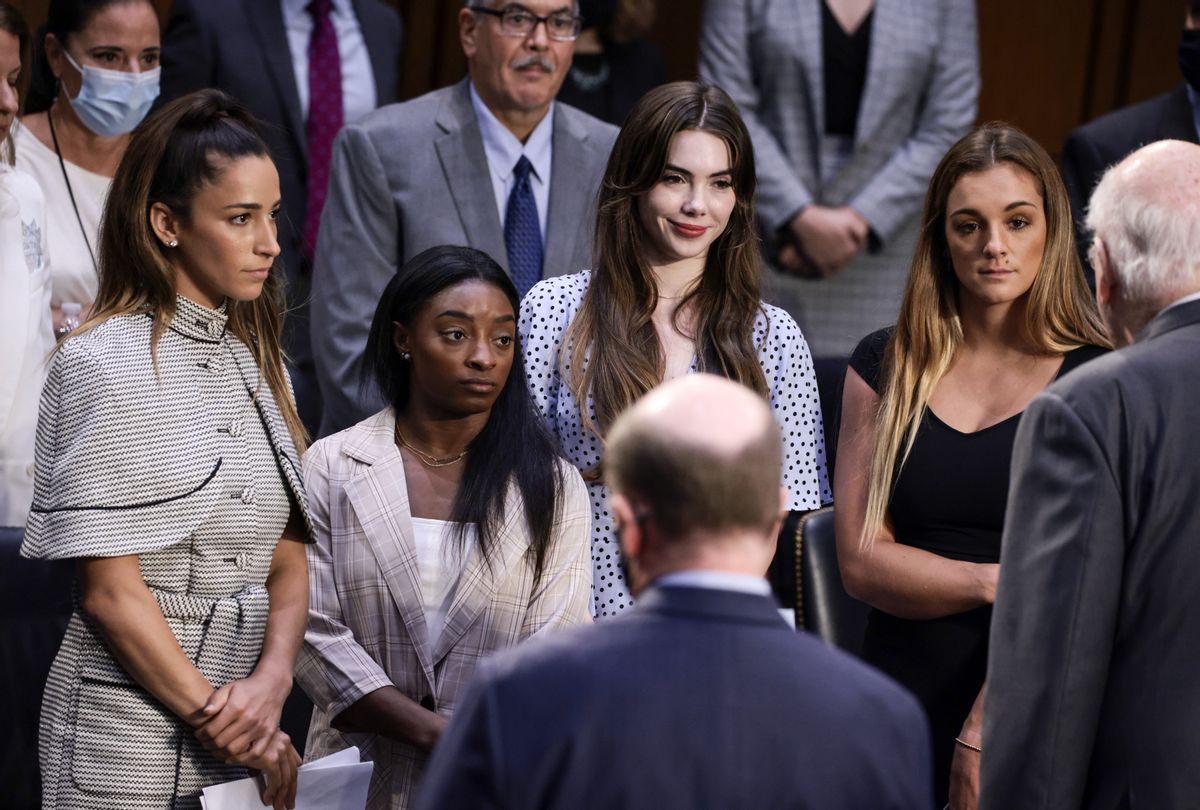 Simone Biles Addresses Assault And Harassment Following Paris Olympics
May 07, 2025
Simone Biles Addresses Assault And Harassment Following Paris Olympics
May 07, 2025
